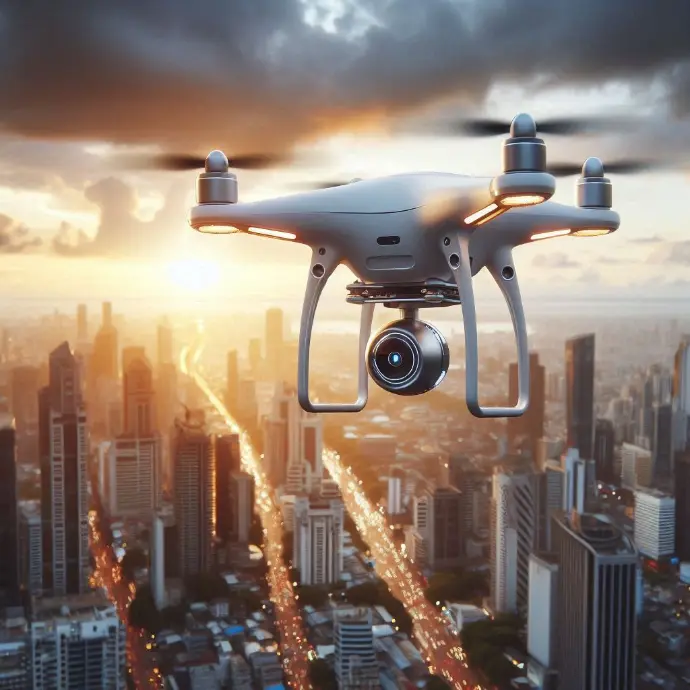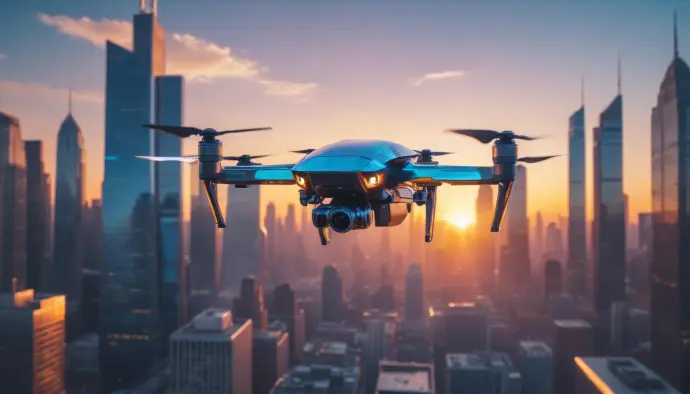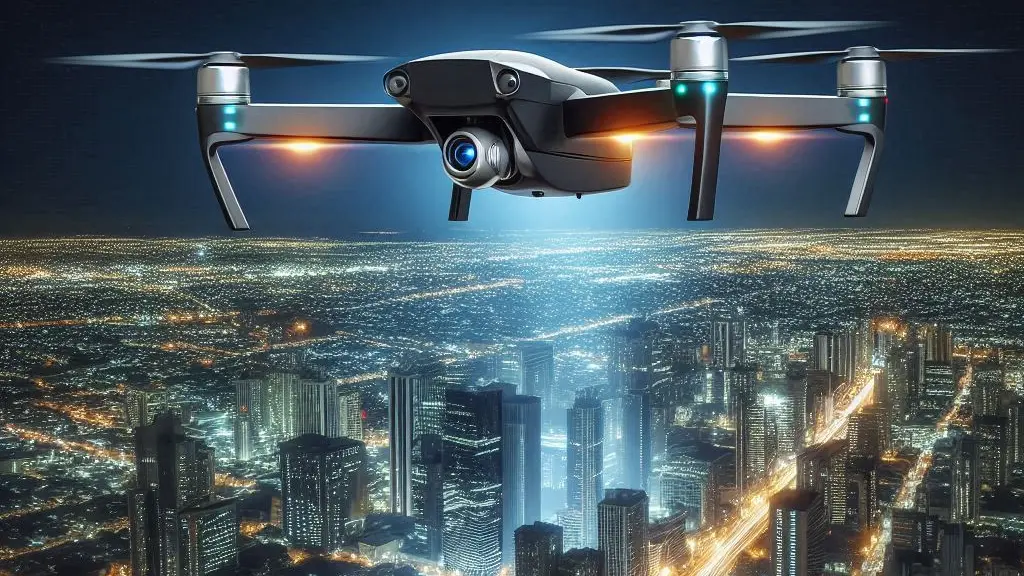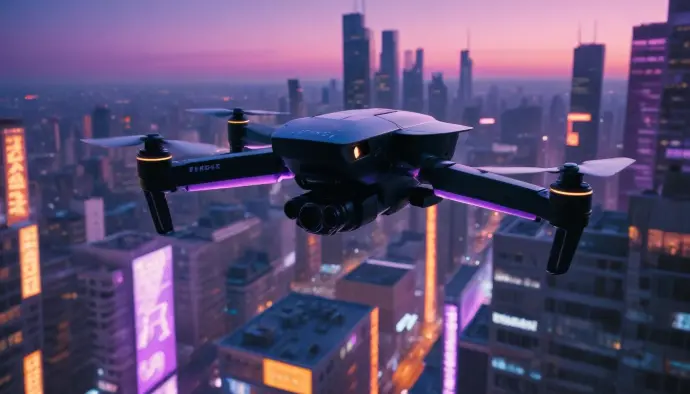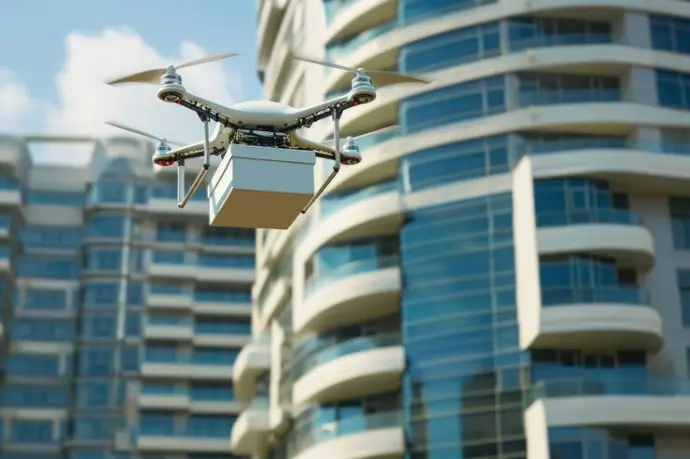Drones are unmanned aircraft, controlled remotely and in real time by human operators. Their nickname comes from the English word "drone" (drone) due to the constant buzzing sound some of these devices make while flying. The diversity of drone models and types is enormous in terms of size, weight, cost, range, and capabilities: from tiny devices weighing less than two kilos, similar to those used in model aircraft, to authentic "fighters" weighing several tons, capable of carrying heavy weapons and with a flight radius of thousands of kilometers. Around fifty countries have drones or are developing them, although only the United States (and perhaps the United Kingdom and Israel) use them as armed vectors.
With this diversity in mind, drones can be used, for strategic and military purposes, in three different ways: first, when ground troops attack or are attacked, armed drones are used to drop bombs and missiles, similar to any other military aircraft; Second, drones patrol the skies of some countries, monitoring the lifestyles of the population 24 hours a day; and third, drones are used in planned missions to end the lives of suspected terrorists, in what has been called "targeted killings" within the framework of the "war on terror."
The first of these uses raises few issues of interest from an international legal perspective, beyond those raised by any other weapon, aerial or non-aerial, manned or unmanned: it will simply be necessary to ensure that its use complies with the parameters of international humanitarian law. Surveillance uses also have no special impact from the perspective of international humanitarian law, although they may affect sovereignty over airspace or the right to privacy of individuals, among other issues. Finally, the third use of drones described seems to have become the raison d'être of this technology and, in any case, is where the debate over its legality has focused. Clearly, killing someone is legal or not (usually, it isn't), regardless of the means used; but the fact that armed drones make it so easy to kill individuals in remote areas has created a very close link between drone technology and targeted killings, a link that clearly affects both international humanitarian law and, in peacetime, international human rights law.
Thus, we can limit the controversy surrounding drones to the issue of sovereignty over airspace, respect for the "law of war," and compliance with international human rights law. In the first of these areas, beyond national jurisdiction, remotely piloted aircraft, whether civilian or military, may only fly over sovereign airspace with the clear and explicit consent of the state of the territory. However, if this consent exists, as appears to be the case in Afghanistan, though not in Pakistan, the national government could be jointly responsible for any violations of human rights or humanitarian law committed by the state sending the vehicles. Furthermore, regardless of consent, armed drones can be used within the framework of the right of self-defense, like any other legal weapon, but only if the conditions of this right are met, that is, an immediate, proportionate, and necessary response to a prior or imminent armed attack attributable to a state. Requirements that the so-called "war on terror" in theaters of operations such as Afghanistan, Pakistan, Somalia, and Yemen fails to meet in any way.
If armed drones are used in the context of a war, it is obvious that their operators must respect the principle of distinction and other rules of jus in bello. Neither more nor less: in this sense, the drone combat vehicle is not a weapon of an "indiscriminate nature" or one that necessarily causes "superfluous damage or unnecessary suffering" (Article 36 of Additional Protocol I to the Geneva Conventions) and, therefore, it is difficult to argue that, outside of any specific international regulation, it could be an intrinsically illegal weapon under international humanitarian law.
The problem arises when the armed drones target civilians, and we find ourselves in a situation that may be halfway between a non-international armed conflict and mere internal disturbances, including situations of terrorism. According to the International Committee of the Red Cross (ICRC), if a civilian performs "continuous combat functions" in a non-international armed conflict, they become a legitimate target at all times, even outside the theater of hostilities. These are the famous "personality strikes" that others prefer to call "targeted assassinations." In any case, the argument is only applicable when the underlying situation can be classified as an armed conflict, as may be the case in Afghanistan; but not when there is a situation of lawlessness, unrest, or terrorist attacks, which are more appropriate for police repression, within the framework of the rule of law, and international judicial and police cooperation, including extradition. This is the case in Pakistan, where there is no internal armed conflict and where 80% of the drone attacks launched by the US in the last ten years have taken place. In this context, it must be clear that drones cannot deliberately target and kill suspected terrorists, because under international human rights law, it is always illegal to shoot individuals simply because they are suspected of having committed a crime in the past or are likely to do so in the future: this is an attack on the right to life and the right to a fair trial.
Even more serious are two practices denounced by NGOs and acknowledged by the US government: "signature strikes," according to which CIA operatives follow and shoot individuals with a "lifestyle pattern" considered typical of a terrorist profile; and "follow-up strikes," in which armed drones bomb people who help the victim of a first attack or attend their funeral, under the absurd premise that if they help or mourn them, they are also terrorists. We are undoubtedly talking about attacks that constitute war crimes in times of armed conflict and crimes against humanity in times of peace.
Armed drones have become the weapon of choice in the United States' fight against jihadist-based international terrorism, based on the false premise that there is a global war on terror, but without drawing all the logical consequences from this argument: if "self-defense" is to be admissible against transnational terrorist groups, this would mean that these groups have launched an "armed attack" within the meaning of Article 51 of the UN Charter and are therefore susceptible to the legitimate use of "armed force." This, in turn, would imply that international humanitarian law would apply to them and that captured terrorists would be considered "prisoners of war," not criminals. And, of course, if there is a "war" (in the legal sense) against terrorism, then CIA drone operators, even if they are civilians, are legitimate targets as persons directly participating in hostilities. And they are at any time, not only during "work" hours, but also while traveling to and from their homes.
It seems unlikely that any of the above implications of a coherent interpretation of the contemporary legal argument for the military use of drones would please any of the powers that possess this technology. Therefore, in their own interest, it would be appropriate to restrict the use of drones for military purposes to factual frameworks of genuine armed conflicts and hostilities, against legitimate enemy combatants, and with full respect for the basic principles of international law.

The use of drones in relation to human rights is a fascinating and often complex topic, as it can have both positive impacts and ethical challenges. On the one hand, drones can be powerful tools for protecting and promoting human rights. For example:
Documenting human rights violations: Drones can capture evidence of violations in areas that are difficult to access or where security concerns prevent human witnesses from intervening.
Humanitarian assistance: Drones are used to deliver medical supplies and food to remote or conflict-affected areas, saving lives and supporting the right to health and food.
Environmental monitoring: Drones can be essential for monitoring areas affected by natural disasters or the effects of climate change, promoting the right to a healthy environment.
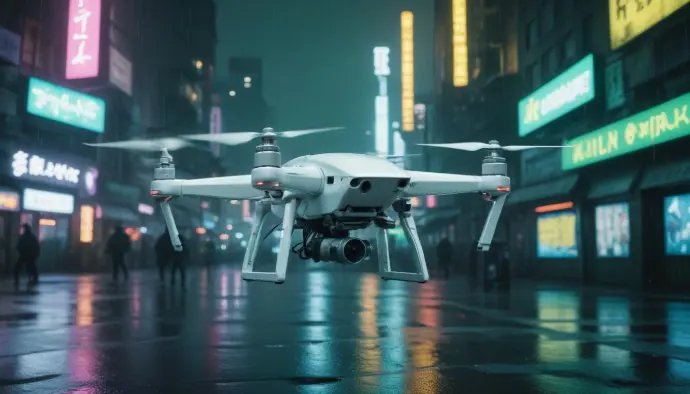
However, there are also significant concerns:
Unlawful surveillance: The use of drones to monitor populations can violate the right to privacy, especially when used without clear regulations.
Use in armed conflict: Armed drones can be used indiscriminately, causing collateral damage and violating the principles of international humanitarian law.
The key challenge is to balance drones' potential to improve people's lives while ensuring strict regulations that respect and protect human rights.

Drones have both civilian and military applications and are used by a variety of organizations and industries.
Civilian Applications
- Emergencies and rescues: Drones can access dangerous areas and provide real-time information.
- Agriculture: Drones can monitor pests, spray crops, and manage crops.
- Mapping: Drones can create maps and create elevation models.
- Inspection and security: Drones can inspect infrastructure and perform environmental monitoring tasks.
- Film and extreme sports: Drones can record videos.
- Photography and video: Drones can capture high-quality aerial images.
Military Applications
- Drones can be used for observation, reconnaissance, and transmitting vital information about enemy positions.
- Drones can be used for drug trafficking control and counterterrorism.
Organizations and industries that use drones
- Rescue teams
- Photographers
- Videographers
- Real estate companies
- Transportation companies
- Forestry companies

 IHRO NEWS
IHRO NEWS
